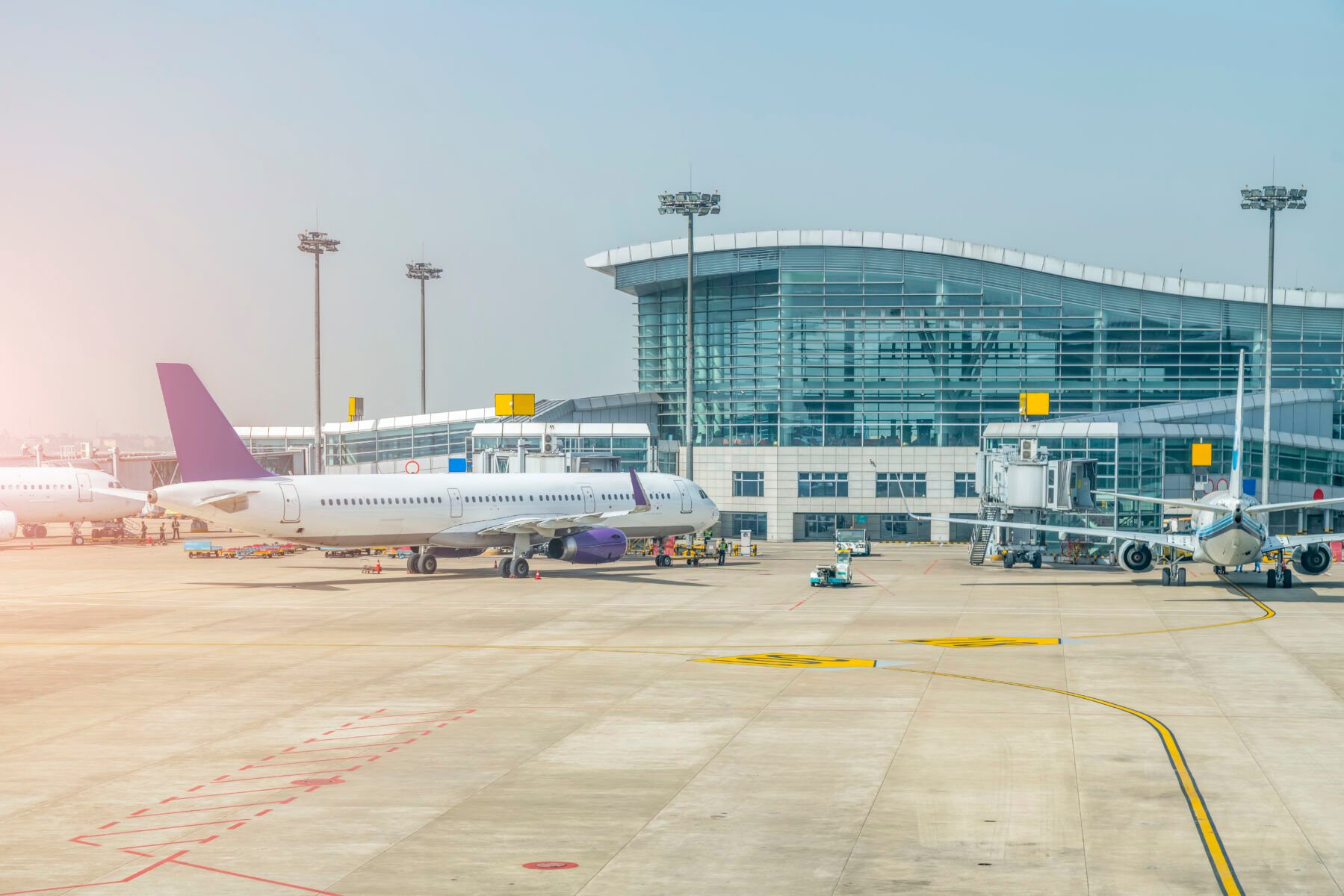Andaman provinces appeal to continue Phang-nga Airport study amid fears of overcrowding

The Joint Public and Private Sector Consultative Committee (JPPSCC) spanning the Andaman provinces appealed to Airports of Thailand (AoT) to ensure the continuation of its feasibility study on the proposed Phang-nga Airport.
Previously, a discussion between the JPPSCC across the provinces of Krabi, Trang, Phang-nga, Phuket, Ranong, Satun, and Phuket Airport took place concerning the same issue. As a result of an August 2022 Cabinet resolution urging AoT to manage Udon Thani, Buri Ram, and Krabi international airports, the Phang-nga airport project was put on hold.
The deputy director of Phuket Airport, Jaran Pandang, stated that the policy, planning and budget committee of AoT had decided to delay the plan for the construction of Phang-nga Airport in light of the government’s decision.
In November 2020, AoT was allocated a budget of 11 million baht for a primary feasibility study for the prospective airport. The investment estimated for the project is around 100 billion baht, with the airport’s completion forecasted for 2027. Despite this, the project has been on hold since last year.
Lertsak Ponklin, leading the Phangnga Tourism Association, has urged the JPPSCC to request AoT to keep the project running, emphasising that the construction could take up to a decade, reported Bangkok Post.
Regarding this matter, Lertsak expressed his concerns.
“Phuket airport has reached its full capacity of 14 million passengers a year. If it is expanded, it can handle up to 17 million, still below its peak period when it handled about 18 million passengers prior to the Covid-19 pandemic.”
Expressing his apprehension for the eventual revival of the economy and the ramifications of the high season, he questioned the capacity of Phuket airport to manage the increased traffic.
Lertsak added…
“I cannot imagine when the economy picks up and when it is high season, how crowded Phuket airport will be. So, we need to prepare.”
This appeal underscores the importance of infrastructure enhancement, and the need for preparedness to cater to increasing consumer demand, in anticipation of the resurgence of the economy.
Latest Thailand News
Follow The Thaiger on Google News:


























